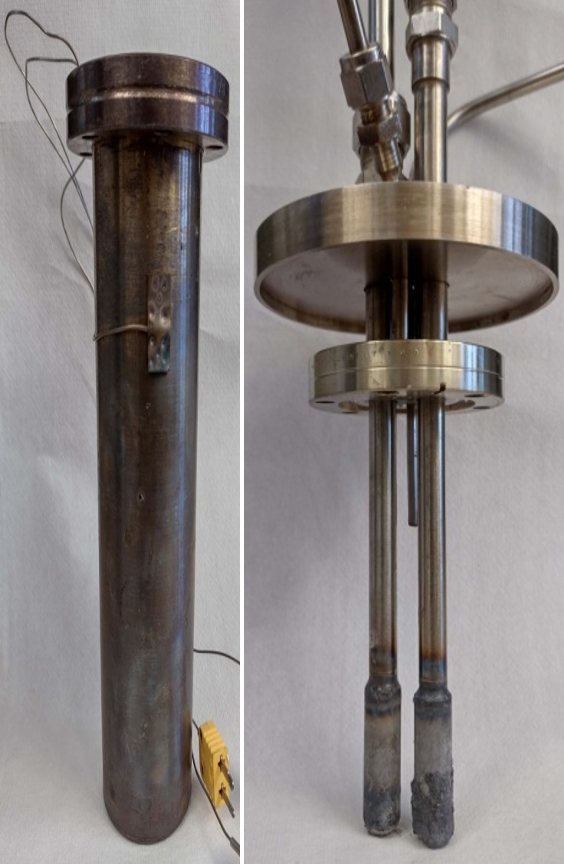Italian National Agency for New Technologies, Energy and Sustainable Economic Development

Nuclear: ENEA in EU project to reduce potential for tritium release in reactors
Minimizing tritium release in nuclear fission and fusion reactors to mitigate the impact of this radiotoxic substance on the environment is the objective of the EU project TITANS[1], funded by the European Commission with 3.8 million euro, coordinated by the French organization CEA[2] and comprising ENEA and 20 other partners from eight European countries.
The project is part of the committment to achieve climate neutrality by 2050 also through nuclear fusion, in which tritium -hydrogen-3 isotope- and deuterium – hydrogen-2 isotope- are used as nuclear fusion fuel.
Improving the techniques for recovering tritium and minimizing its release to the environment allows us to reduce the impact of fusion energy production.
Since fission reactors produce tritium, its recovery and reuse, from a circular economy perspective, is possible and necessary also in this process and in dismantling activities.
ENEA is working on the project in the Research Centers of Frascati – where an innovative technique for measuring tritium in liquid metals is being developed- and Brasimone, where the permeation and release of tritium and the development of systems for the its containment based on special coatings are being studied.
“Tritium, like hydrogen and deuterium, interacts with materials, especially metals. In fact, even in very small quantities, it can permeate the metal walls and cooling systems of plants", explained the project representative for ENEA Silvano Tosti, head of the Nuclear Technologies Laboratory. “We have acquired great expertise in the development of coatings to be applied on metal surfaces to prevent the release of tritium into the environment, which has provided a key role in the sector of safe and sustainable nuclear technologies,” he said. “Release control is important to make fusion a clean and environmentally friendly energy source and next-generation fission reactors safer,” he concluded.
Recently also the TRANSAT project[3] has focused on technologies and processes for the containment of tritium, the treatment of waste containing it and radioprotection, and the ENEA laboratories have obtained significant results on tritium extraction and purification processes and on control of tritium release from nuclear plants by studying materials acting as a permeation barrier.

Device for the measurement of tritium in liquid metal as part of the TITANS project (Frascati laboratories)
